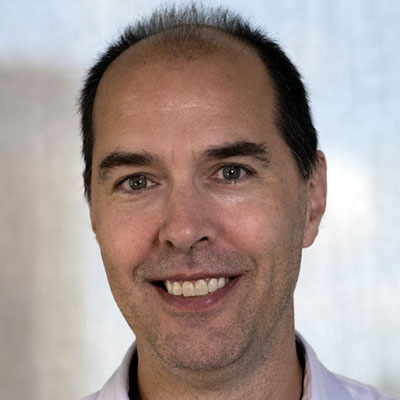Earlier this year, researchers found that many wild deer in Michigan had antibodies that suggested the animals had been exposed to SARS-CoV-2, the virus that causes COVID-19. It was a significant cause for concern, as a large population of susceptible animals could act as a reservoir that allows the virus to spread back to humans.
At the time, however, uncertainties abounded. The study looked at only a small sample of the deer population of one state—we didn't know how the animals were exposed, and we didn't know whether the virus was actually spreading among wild deer. Since then, a few of the blanks have been filled in. Critically, deer-to-deer transmission has been observed in captivity. On Monday, a preprint of a new paper answered some more questions, showing that infection is widespread in a second state, driven both by its spread from humans and deer-to-deer transmission.
Overall, the news is not especially good, though we still don't understand what risks it may pose to humans.
Virus hunting
There are still many unknowns about the spread of SARS-CoV-2 to deer and its transmission among them. We know that transmission to deer is possible, but we don't have a strong sense of how often the virus makes the jump from humans to deer or whether it does so directly or via an intermediary species. Once infected, deer show few obvious symptoms, but the virus has a similar time course: detectable after four days and remaining detectable as long as three weeks after infection.
The team included members of Iowa's Department of Natural Resources who were inspired by the findings in Michigan to see what was going on in their state. They partnered with a variety of academic researchers to test both wild deer and deer on game reserves, with many of the animals killed by hunters or cars. Their study began in April of 2020, but most of the 283 samples came after the hunting season started in September; things wrapped up in early January 2021.


 Loading comments...
Loading comments...
